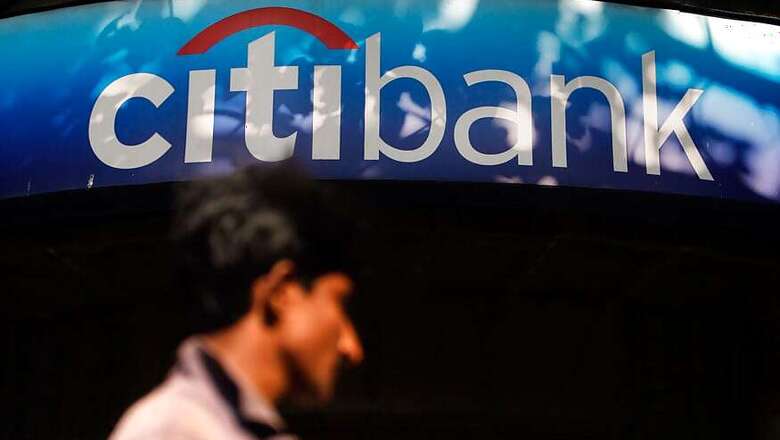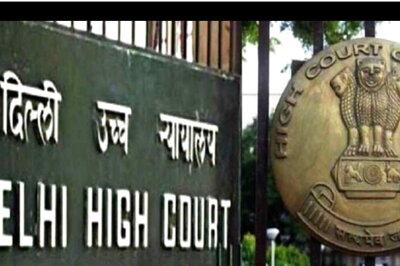
views
The government and the Reserve Bank of India, the banking regulator, have undertaken several measures to strengthen the Indian banking sector. Here are some of the steps as listed by the India Brand Equity Foundation.
• In July 2016, the government allocated Rs 22,915 crore ($3.4 billion) as capital infusion in 13 public sector banks, which is expected to improve their liquidity and lending operations, and shore up economic growth in the country.
• RBI has released the Vision 2018 document, aimed at encouraging greater use of electronic payments by all sections of society by bringing down paper-based transactions, increasing the usage of digital channels, and boosting the customer base for mobile banking.
• RBI has issued guidelines for priority sector lending certificates (PSLCs), according to which banks can issue four different kinds of PSLCs—those for the shortfall in agriculture lending, lending to small and marginal farmers, lending to micro enterprises and for overall lending targets – to meet their priority sector lending targets.
• RBI has allowed additional reserves to be part of tier-1 or core capital of banks, such as revaluation reserves linked to property holdings, foreign currency translation reserves and deferred tax assets, which is expected to shore up the capital of state-run banks and privately owned banks by up to Rs 35,000 crore ($5.14 billion) and Rs 5,000 crore ($734 million) respectively.
• Scheduled commercial banks can grant non-fund based facilities including partial credit enhancement (PEC), to those customers, who do not avail any fund based facility from any bank in India.
• To reduce the burden of loan repayment on farmers, a provision of Rs 15,000 crore ($ 2.2 billion) has been made in the Union Budget 2016-17 towards interest subvention.
• Under Pradhan Mantri Jan Dhan Yojna (PMJDY), 250.5 million accounts have been opened and 192.2 million RuPay debit cards have been issued as of October 12, 2016. These new accounts have mustered deposits worth almost Rs 44,480 crore ($ 6.67 billion).
• The Government of India is looking to set up a special fund, as a part of National Investment and Infrastructure Fund (NIIF), to deal with stressed assets of banks. The special fund will potentially take over assets which are viable but don’t have additional fresh equity from promoters coming in to complete the project.
• RBI plans to soon come out with guidelines, such as common risk-based know-your-customer (KYC) norms, to reinforce protection for consumers, especially since a large number of Indians have now been financially included post the government’s massive drive to open a bank account for each household.
• To provide relief to the state electricity distribution companies, Government of India has proposed to their lenders that 75 per cent of their loans be converted to state government bonds in two phases by March 2017. This will help several banks, especially public sector banks, to offload credit to state electricity distribution companies from their loan book, thereby improving their asset quality.
• Government of India aims to extend insurance, pension and credit facilities to those excluded from these benefits under PMJDY.




















Comments
0 comment